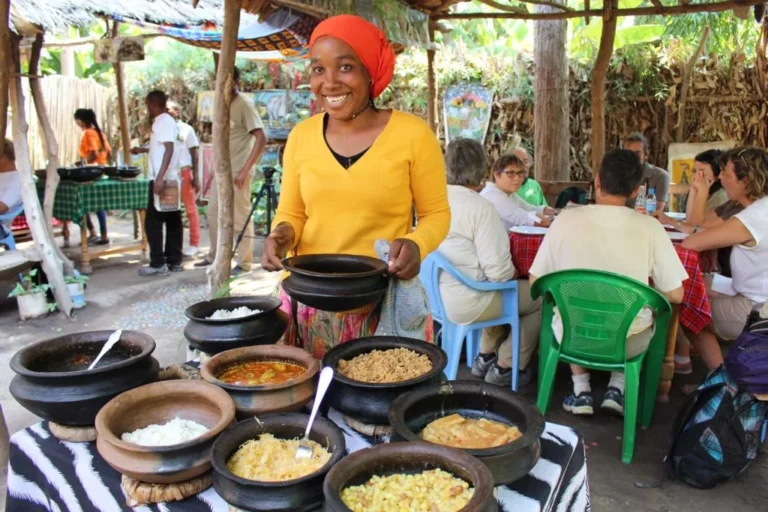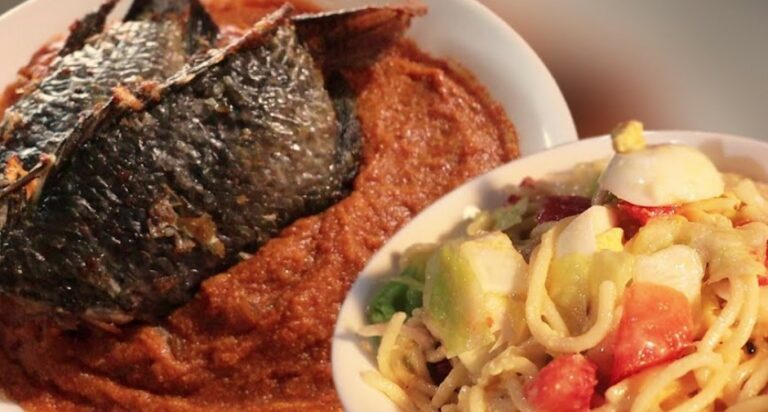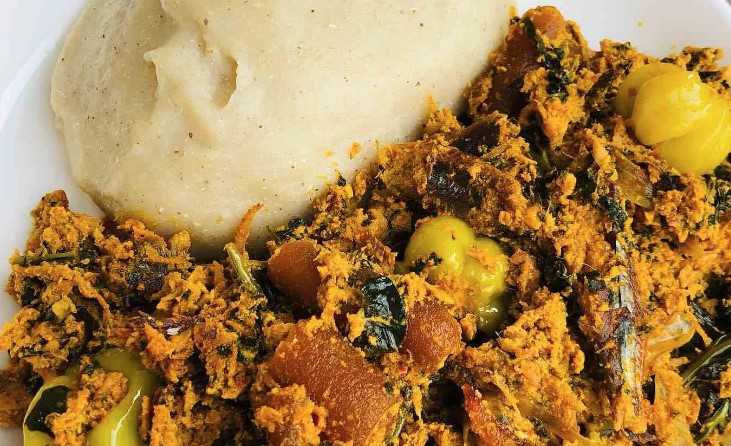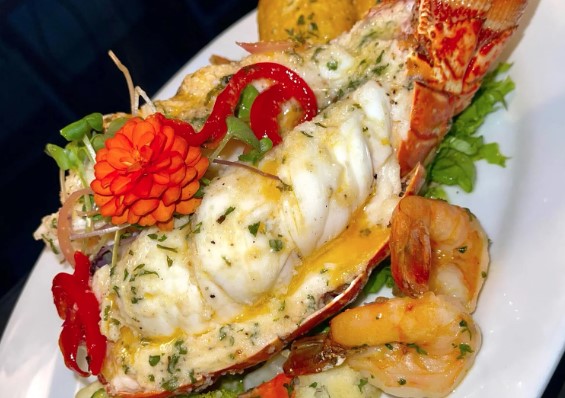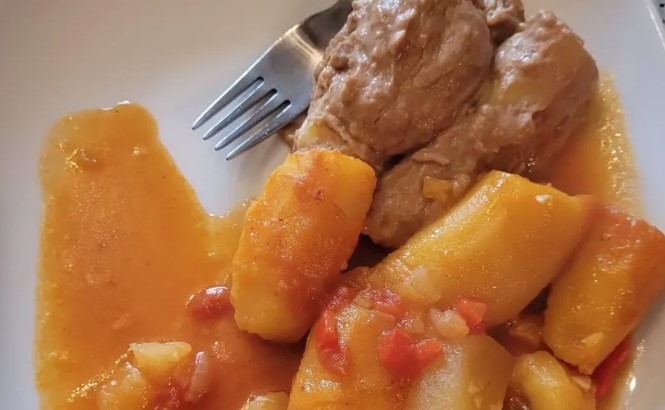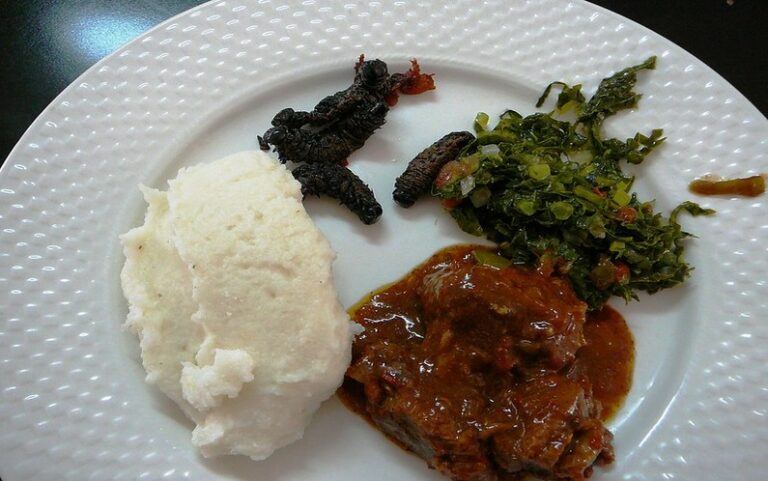Introduction: Exploring African Cuisine Diversity
African cuisine is as diverse as the continent itself. With over 54 countries, each with its own unique culture, history, and influences, the food scene in Africa is a fusion of flavors, spices, and ingredients. Tanzanian cuisine is a perfect example of this diversity, with a distinct blend of Bantu, Arabic, and Indian influences.
The Unique Flavors of Tanzanian Cuisine
Tanzanian cuisine is a delicious fusion of African, Arabic, and Indian flavors. Spices such as cardamom, cumin, coriander, and turmeric feature heavily in many dishes, giving them a fragrant aroma and a rich taste. Tanzanian dishes also incorporate a lot of coconut milk, which adds a sweet and creamy flavor to the food. One of the most popular dishes in Tanzania is pilau rice, which is a savory rice dish that is cooked with a variety of spices, vegetables, and meat.
Influence of Bantu, Arabic, and Indian Foods
Tanzania’s cuisine is a blend of the Bantu, Arabic, and Indian cultures that have influenced the country over the years. Bantu cuisine is characterized by the use of starchy vegetables, such as cassava, yams, and sweet potatoes. Arabic cuisine, on the other hand, is known for its use of fragrant spices, such as saffron, cardamom, and cinnamon. Indian cuisine, which was brought to Tanzania by merchants from the Indian subcontinent, is characterized by its use of rich spices like turmeric, cumin, and coriander. The combination of these different culinary influences has resulted in a unique and flavorful cuisine.
Tanzanian Staple Foods: Ugali, Wali, and Ndizi
Tanzanian cuisine features a range of staple foods that are an integral part of the country’s culinary culture. Ugali, for example, is a type of cornmeal porridge that is a staple in East Africa. Wali, or rice, is another staple food that is often served with various stews and sauces. Ndizi, or plantains, are also a staple food in Tanzania and are used in a range of dishes, from stews to desserts.
Meat and Seafood Dishes: From Kuku Choma to Samaki Wa Kupaka
Meat and seafood dishes are an important part of Tanzanian cuisine. Kuku choma, or grilled chicken, is a popular meat dish that is often served with ugali or rice. Samaki wa kupaka, or fish in coconut sauce, is a seafood dish that is a favorite among many Tanzanians. Other popular meat dishes include nyama choma (grilled meat) and mishkaki (skewered meat).
Desserts and Snacks: Mandazi, Kaimati, and More
Tanzanian cuisine has a range of sweet treats and snacks to indulge in. Mandazi, for example, is a type of fried dough that is similar to a doughnut. Kaimati are another sweet treat that are made from dough that is deep-fried and then coated in sugar syrup. Other popular snacks include mshikaki (grilled meat skewers) and chips mayai (French fries mixed with egg). Overall, Tanzanian cuisine is a delicious and diverse fusion of African, Arabic, and Indian flavors that will leave your taste buds wanting more.

